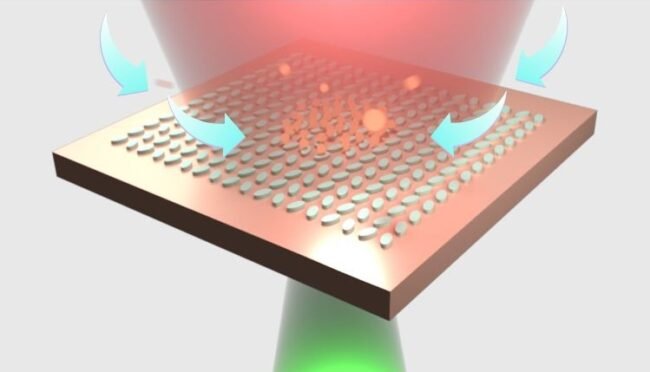The new practice of increasing light in nanoscale structures can help to detect cancer. The groundbreaking work of two Vanderbilt researchers sheds light on the nanoscale chamber’s potential to aid in the diagnosis of diseases such as cancer.
The work of Justus Ndukaife, assistant professor of electrical engineering, and Sen Yang, a recent Ph.D. graduated from the Ndukaife Laboratory in Interdisciplinary Materials Science under Ndukife, was published in the journal Nature’s Light: Science and Applications.
In their paper, they show how to use a nanostructured surface – a quasi-BIC dielectric metasurface – to trap micro and submicron particles in seconds, which they say helps deliver research and biosensing surfaces.
The metasurface can also act as a sensor to detect particles or aggregated particles, and can be used to enhance fluorescence or Raman signals from particles, thereby increasing sensitivity, the researchers said the body.
“Such an ability can be used to detect cancer-related vesicles after collecting vesicles for long-term treatment monitoring and early detection,” says Ndukaife, who directs the Optofluidics and Nanophotonics Innovation Laboratory (LION) at Vanderbilt.
He added: “Our work (Increasing Light in Nanoscale Structures can Help to Detect Cancer) is the first experimental demonstration of the use of quasi-BIC to simulate fluid systems in suspended solids.
Source: Vanderbilt University





































